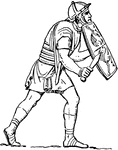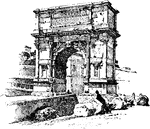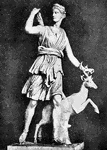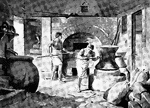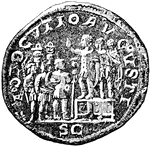
Walnut Street Prison
"The Walnut Street Prison. This edifice was erected in 1774, and taken down in 1836. The beautiful new…
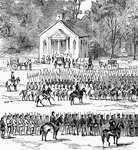
Battle at Willis Church
"Battle at Willis Church, Monday, June 30th, 1862- the Federal forces, under General Heintzelman, engaged…
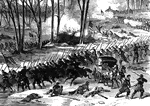
Battle of Stone River
"Battle of Stone River, Tenn. The decisive charge of General Negley's division across the river- the…
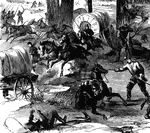
Battle of Stone River
"Battle of Stone River, Tenn. The decisive charge of General Negley's division across the river- the…

Battle of Stone River
"Battle of Stone River, Tenn. The decisive charge of General Negley's division across the river- the…

Battle of Munfordville
"Battle of Munfordville, Ky., Sunday, September 14th, 1862- the Confederates charging through the abatis…

Battle of Munfordville
"Battle of Munfordville, Ky., Sunday, September 14th, 1862- the Confederates charging through the abatis…
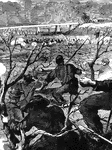
Battle of Munfordville
"Battle of Munfordville, Ky., Sunday, September 14th, 1862- the Confederates charging through the abatis…
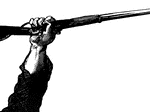
Hand with Gun
"Picture of a hand with a gun at the Battle of Munfordville, Ky., Sunday, September 14th, 1862- the…
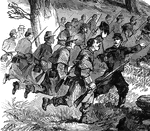
Battle of Mill Spring
"Battle of Mill Spring, on the Cumberland River, near Jamestown, between a confederate force, 8,000…
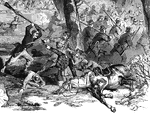
Battle of Mill Spring
"Battle of Mill Spring, on the Cumberland River, near Jamestown, between a confederate force, 8,000…
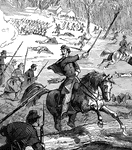
Battle of Mill Spring
"Battle of Mill Spring, on the Cumberland River, near Jamestown, between a confederate force, 8,000…
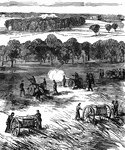
Valley of Chickahominy
"Valley of the Chickahominy, looking southeast from the vicinity of Mechanicsville, the scene of the…
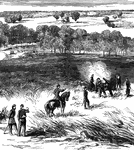
Valley of Chickahominy
"Valley of the Chickahominy, looking southeast from the vicinity of Mechanicsville, the scene of the…
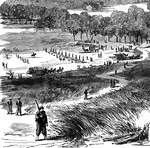
Valley of Chickahominy
"Valley of the Chickahominy, looking southeast from the vicinity of Mechanicsville, the scene of the…
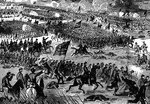
Battle of Champion Hills
"Battle of Champion Hills, May 16th, 1863- the formidable position of General Pemberton carried by Generals…
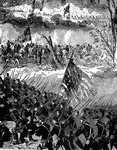
Battle of Champion Hills
"Battle of Champion Hills, May 16th, 1863- the formidable position of General Pemberton carried by Generals…
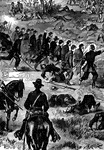
Battle of Champion Hills
"Battle of Champion Hills, May 16th, 1863- the formidable position of General Pemberton carried by Generals…

Battle of Antietam
"Battle of Antietam, Burnside's Division, left wing- brilliant and decisive bayonet charge of Hawkins's…

Battle of Antietam
"Battle of Antietam, Burnside's Division, left wing- brilliant and decisive bayonet charge of Hawkins's…
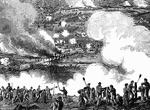
Battle of White Oak Swamp Bridge
"Battle of White Oak Swamp Bridge, Monday June 30th, 1862- Ayres's, Mott's and Randall's batteries checking…

Battle of White Oak Swamp Bridge
"Battle of White Oak Swamp Bridge, Monday June 30th, 1862- Ayres's, Mott's and Randall's batteries checking…
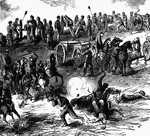
Battle of White Oak Swamp Bridge
"Battle of White Oak Swamp Bridge, Monday June 30th, 1862- Ayres's, Mott's and Randall's batteries checking…
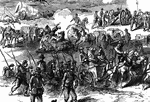
Battle of White Oak Swamp Bridge
"Battle of White Oak Swamp Bridge, Monday June 30th, 1862- Ayres's, Mott's and Randall's batteries checking…
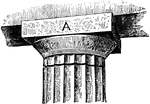
Abacus
"In architecture the slab or plinth which forms the upper member of the capital of a column or pillar,…
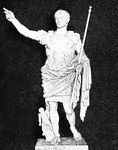
Augustus
"Augustus ruled for about forty-two yeras, that is, from 27 B.C. to 14 A.D., and this period is known…
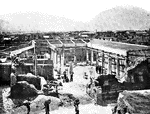
Pompeii
"Excavating a house at Pompeii from eruption of Vesuvius, which buried the cities of Herculaneum and…
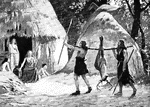
Germans
"Early Germans. These German ancestors of ours, for so we must consider them, since the chief element…
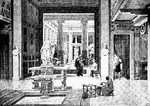
House
"A Roman house. In early times the private houses of the Romans were very simple, showing little attempt…
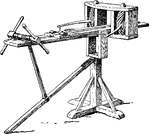
Catapult
"Catapult from the Roman military system. The Roman army was divided into legions, each of which contained…

Martin Luther
"Martin Luther was born at Eisleben in 1483. He was the son of a poor miner, had entered the Augustinian…

Queen Elizabeth
"Queen Elizabeth was the daughter of Henry VIII, by Anne Boleyn. Her reign is one of the most remarkable…

Acanthus
"A genus of small herbaceous plants of southern Europe and Africa; they have spinosely toothed leaves,…
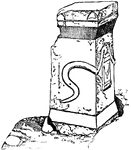
Greek Altar
"Round, triangular, or square in plan, often elaborately adorned with sculpture, and bearing inscriptions."-Whitney,…

Amphora
"A jar with two handles; Among the Greek and Roman, a vessel, usually tall and slender having two handles…
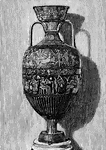
Amphora
"A jar with two handles; Among the Greek and Roman, a vessel, usually tall and slender having two handles…
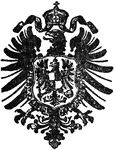
German Eagle
"The Eagle is an emblem in heraldry, war, and legend. The eagle, borne upon a spear, was used by the…
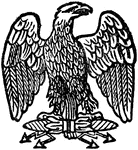
French Eagle
"The Eagle is an emblem in heraldry, war, and legend. The eagle, borne upon a spear, was used by the…

Roman-Doric Frieze
"A Frieze, in architecture, is that portion of the entablature which is between the architrave and the…
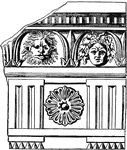
Roman-Doric Frieze
"A Frieze, in architecture, is that portion of the entablature which is between the architrave and the…

Ostrich
"The Ostrich is the largest of all living birds, standing from six to eight feet in height, and has…
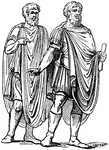
Abolla
A cloak chiefly worn by soldiers, and thus opposed to the toga, the garb of peace. The abolla was used…
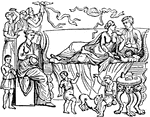
Accubatio
"The act of reclining at meals. The Greeks and Romans were accustomed, in later times, to recline at…

Passion Flower
"Pasiflora is the passion-flower. Generally climbing herbs or shrubs. Fruit succulent, seeds many. Found…
Pastoral Staff
"The Pastoral Staff is, in the Roman Catholic Church, the official staff of a bishop or abbot. The pastoral…
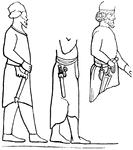
Acinaces
"A Persian sword, whence Horace speaks of the Medus acinaces. The acinaces was a short and…
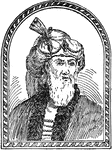
Flavius Josephus
"Flavius Josephus was a strange amalgamation of Jew, Greek, and Roman, admittedly not what he should…

